The Phoenix-A Black Hole is the largest and most massive black hole ever discovered. It has a mass of 100 Billion Solar Masses and is located in the Phoenix Cluster, approximately 5.8 to 8.57 Billion light years away from Earth.
The “Phoenix-A” black hole is estimated to be around 4.5 billion years old, making it one of the oldest known black holes in the universe. It was discovered by researchers at NASA’s Chandra X-ray Observatory.
The “Phoenix-A” Black Hole is a Primordial Black Hole. Primordial black holes are considered to be the first black holes that formed after the Big Bang.
What is the largest black hole in the universe
Phoenix-A is one of the biggest supermassive black holes known to exist, which is why it is even bigger than the famous Ton-618 and Sagittarius-A*. As mentioned earlier, Phoenix-A is 100 billion times more massive than the sun, whereas Ton-618 is 66 million times more massive than the Sun and Sagittarius-A is just 16 million miles in diameter, making Phoenix-A significantly larger in comparison and highlights the sheer size difference between these three objects.
Also Read: What is the closest supermassive black hole to earth?
How big is the Phoenix A Black Hole?
The Phoenix A black hole has a mass equivalent to 100 Billion Suns, making it over 5 times larger than any other known black hole in the universe. It is one of the most massive black holes ever discovered.
The Phoenix-A is 24,100 bigger than Sagittarius A* black hole which is located in the centre of our galaxy.Its size is estimated to be around 5 million light years across, which means that if you were able to travel at the speed of light, it would take you five million years just to get through its circumference.
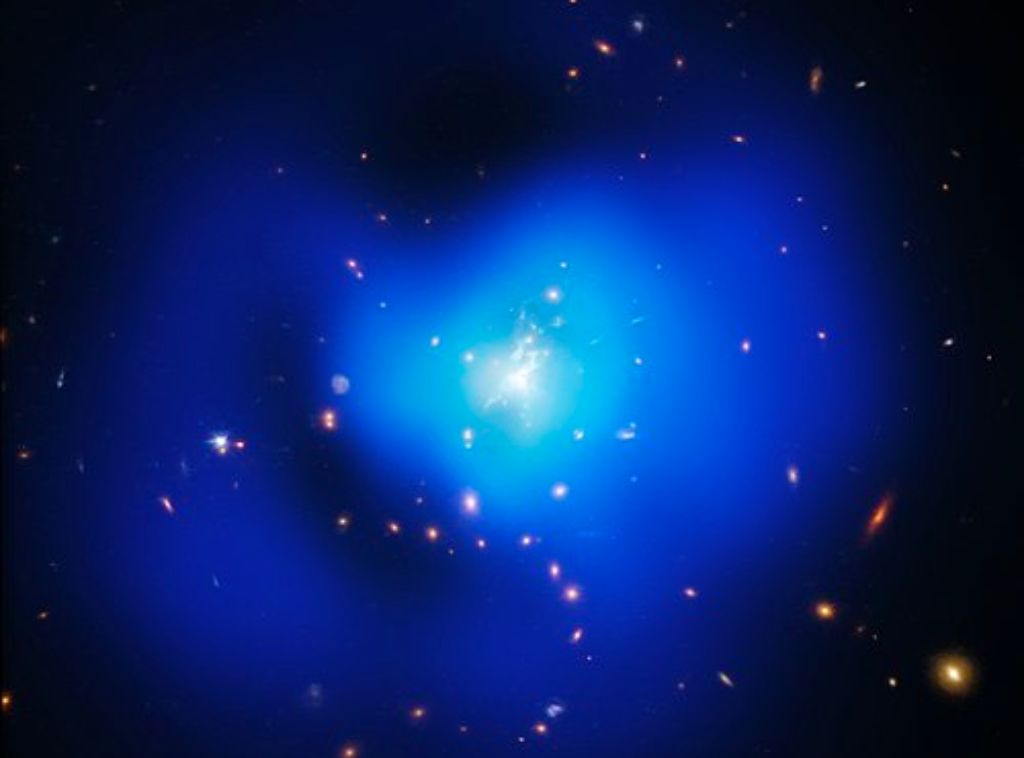
Where is Phoenix-A located?
Phoenix-A black hole is located in the Phoenix Cluster, approximately 5.8 to 8.57 Billion light years away from Earth.
Phoenix-A has an estimated mass between 100 Billion times that of our Sun and its gravitational pull can be felt as far as 3 million light years away! Its discovery has provided valuable insight into how these mysterious objects form within galaxies.
Also Read: What is in the center of our Milky Way?
How Old is the Phoenix black hole?
The Phoenix black hole is estimated to be around 4.5 billion years old, making it one of the oldest known black holes in the universe. It was discovered by researchers at NASA’s Chandra X-ray Observatory. Its age makes it an invaluable source of information on some of the earliest stages of galactic evolution, giving us insight into how galaxies form and evolve over time.
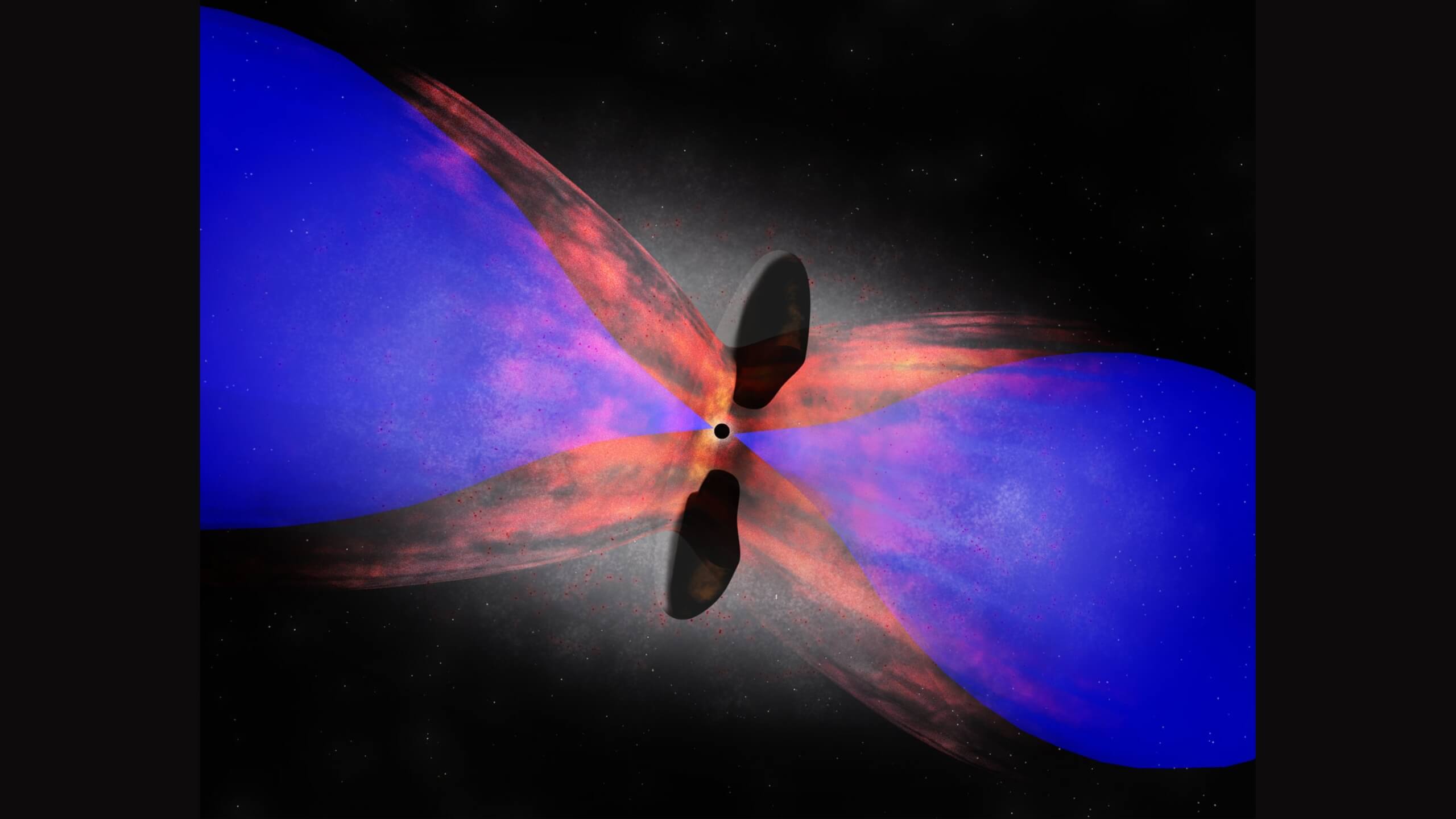
What type of Blackhole is the Phoenix?
The Phoenix Black Hole is a Primordial black hole located in the Phoenix Cluster. This means that this black hole was formed in the early stages of the universe immediately after the big bang.
The Phoenix Black Hole is unique due to its location in the galactic nucleus and its X-ray emission properties which are distinct from other known types of intermediate-mass black holes. Its discovery provides new insight into how these objects form and evolve over time, as well as their role within galaxies like ours.
Also Read: Black Holes Facts: Questions and Answers
🔬 Subscribe to SciMail
Get the latest science discoveries straight to your inbox!
What Is A Primordial Black Hole?
A Primordial Black Hole is a type of black hole that formed during the early stages of the universe’s evolution. These objects are believed to have been created from density fluctuations in the primordial matter, which then collapsed under its own gravity and formed a singularity.
They are thought to have an important role in cosmology due to their potential ability to absorb dark matter particles, thus providing us with valuable insight into our universe’s structure and evolution.
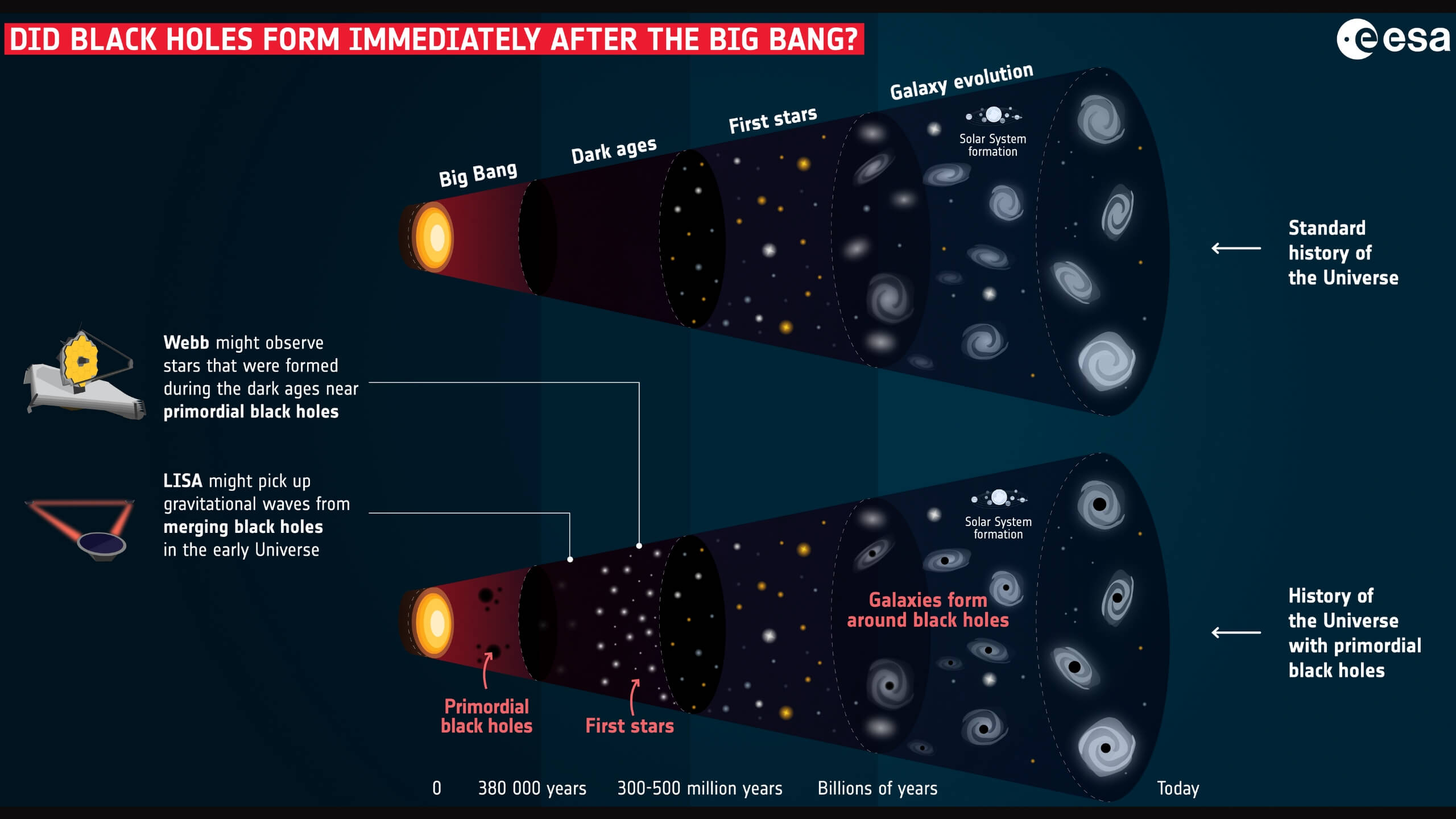
Who discovered the Phoenix black hole?
The Phoenix black hole was discovered in 2020 by a team of astronomers led by Dr. Thomas Wevers from the University of Cambridge, UK. The discovery was made using data gathered from NASA’s Chandra X-ray Observatory and other telescopes around the world.
This is an important milestone in our understanding of how galaxies form and evolve over time, as it marks one of the first detections ever made for such a rare type of black hole that forms when two galaxies merge together.
Is Phoenix Cluster the biggest black hole?
The Phoenix Cluster is one of the most massive and luminous clusters of galaxies ever discovered. It contains a supermassive black hole at its centre, estimated to be around 100 Billion times the mass of our Sun.
Phoenix-A black hole vs Ton-618 black hole?
The Phoenix-A black hole and the Ton-618 black hole are two of the most powerful objects in space. Both have incredibly strong gravitational fields, with their respective masses estimated to be millions or even billions of times that of our Sun.
While both types of black holes can consume matter from their surroundings, they differ significantly in terms of size and energy output. The Phoenix-A is much larger than Ton-618 and produces more energetic radiation due to its higher mass density which leads to increased accretion rates around it.
On the other hand, Ton-618 has a smaller radius and has lower luminosity as compared to Phoenix-A because it is less massive overall resulting in slower accretion rates surrounding it.
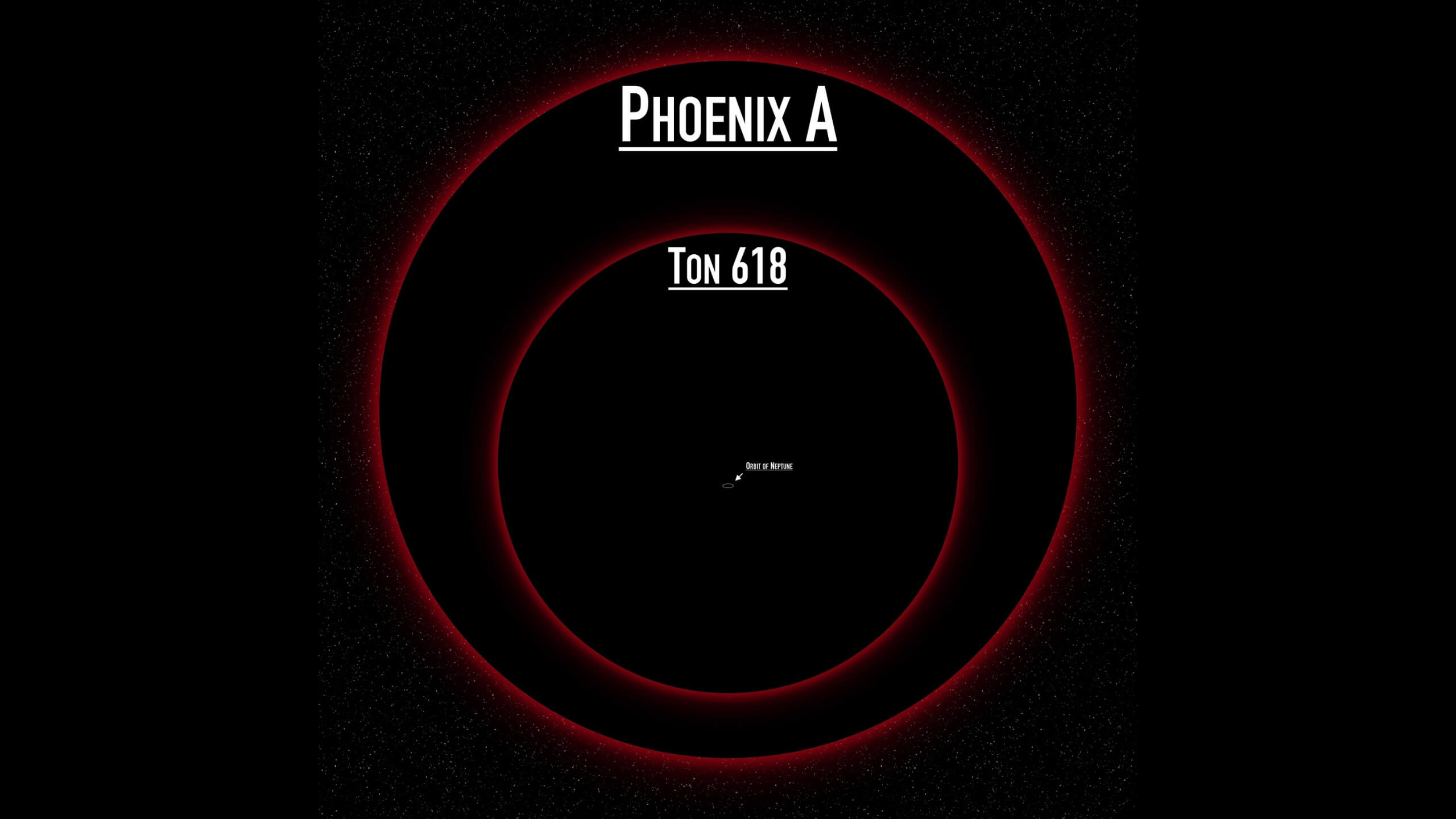
Is Phoenix a black hole bigger than Ton 618?
Yes, the Phoenix-A black hole is bigger than Ton 618. Phoenix-A is one of the biggest supermassive black holes known to exist and is 100 billion times more massive than the sun, whereas, Ton-618 is 66 million times more massive than the Sun. This makes it significantly smaller in comparison and highlights the sheer size difference between these two objects.
What Would Happen If You Visit Phoenix?
Visiting a black hole, such as the Phoenix black hole, would be an incredibly dangerous and potentially life-threatening experience. Due to the immense gravitational pull of a black hole, any matter that comes too close is pulled in and can never escape.
Therefore if one were to attempt to visit this particular location they would be at risk of being sucked into its depths with no hope for return.
Additionally due to the extreme temperatures near a black hole’s event horizon it could cause severe damage or even death before actually entering its core. For these reasons visiting any type of black hole should not be attempted by anyone without extensive training and preparation from professional experts in this field.

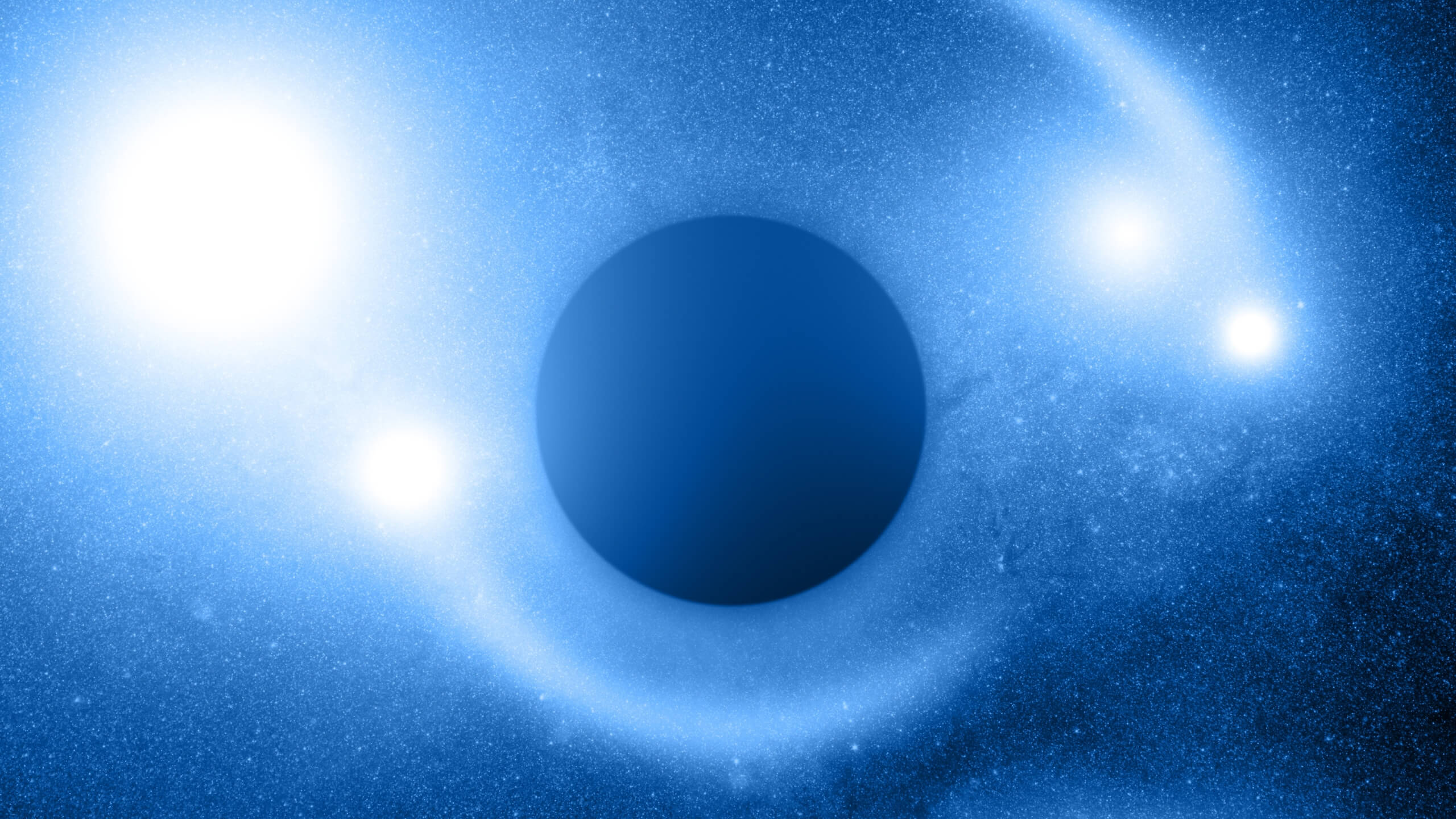
Leave a Reply